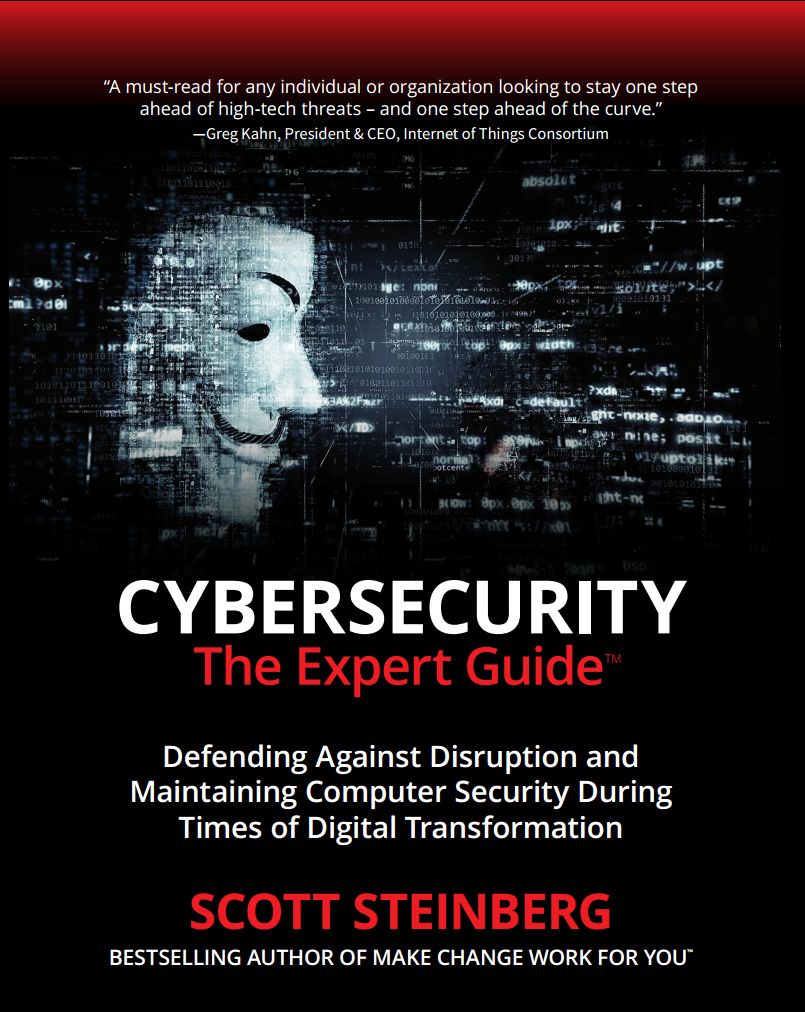
23 Apr CYBERSECURITY 4.0: THE FUTURE OF ANTIVIRUS, MALWARE, SPYWARE, AND RANSOMWARE THREAT DETECTION
In the ever-evolving world of cybersecurity, the threats we face are becoming more sophisticated and complex. Amid the rapid expansion of technology and an increasing reliance on the cloud and Internet, the necessity for effective counters has never been more critical. As we progress into the future, digital defense solutions will evolve alongside the threats they are designed to combat. The time is ripe to contemplate the future of antivirus, spyware, malware, and threat detection, and the innovative technologies that will redefine the cybersecurity landscape going forward.
As numerous online, cloud, and pay-as-you-go providers have made clear in recent months, artificial intelligence (AI) and machine learning (ML) have emerged as powerful tools in the fight against cyber threats. The ability of smart algorithms to identify patterns and anomalies in vast amounts of data has revolutionized the way cybersecurity professionals approach threat detection. These technologies will be even more tightly integrated into security packages going forward.
Case in point: AI and ML can be employed to automate the detection and response to cyber threats, significantly reducing the time between threat identification and remediation. By continuously learning from data and adapting their algorithms, these smart security solutions can stay ahead of new and emerging threats, ensuring a more secure digital environment.
As cybercriminals become more skilled at creating malware that evades traditional signature-based detection methods, behavioral analysis is gaining importance too, though. This means monitoring the actions of software, applications, and users within a network to identify suspicious behavior indicative of a cyber threat.
Looking ahead, behavioral analysis should become a vital tool and component of threat detection solutions. By combining AI and ML techniques with behavioral analysis, cybersecurity professionals can develop even more robust systems capable of detecting and neutralizing previously unknown threats. This will create a more proactive defense against malware, spyware, and other cyber-attacks.
And oh yeah: Quantum computing is also an emerging technology that could have major (with a capital M) implications for the future of cybersecurity. Quantum computers leverage the principles of quantum mechanics to process information at a much faster rate than classical PCs, making them capable of solving complex problems with unprecedented speed.
As this technology becomes more accessible, it could be employed by both cybercriminals and cybersecurity professionals. On the one hand, quantum computers could be used to create more advanced malware and encryption-breaking tools. On the other hand, these same computers could be used to develop next-generation antivirus and threat detection software, capable of outpacing and neutralizing any quantum-enabled cyber threats.
The future of antivirus, spyware, malware, and threat detection will also rely on increased collaboration and information sharing among security professionals, organizations, and governments. By pooling resources and sharing threat intelligence, the cybersecurity community can create a more comprehensive understanding of the threat landscape and develop more effective strategies to combat cyber-attacks.
Coming years should bring the creation of international cybersecurity alliances and information-sharing platforms designed to facilitate collaboration and promote best practices in threat detection and mitigation.



